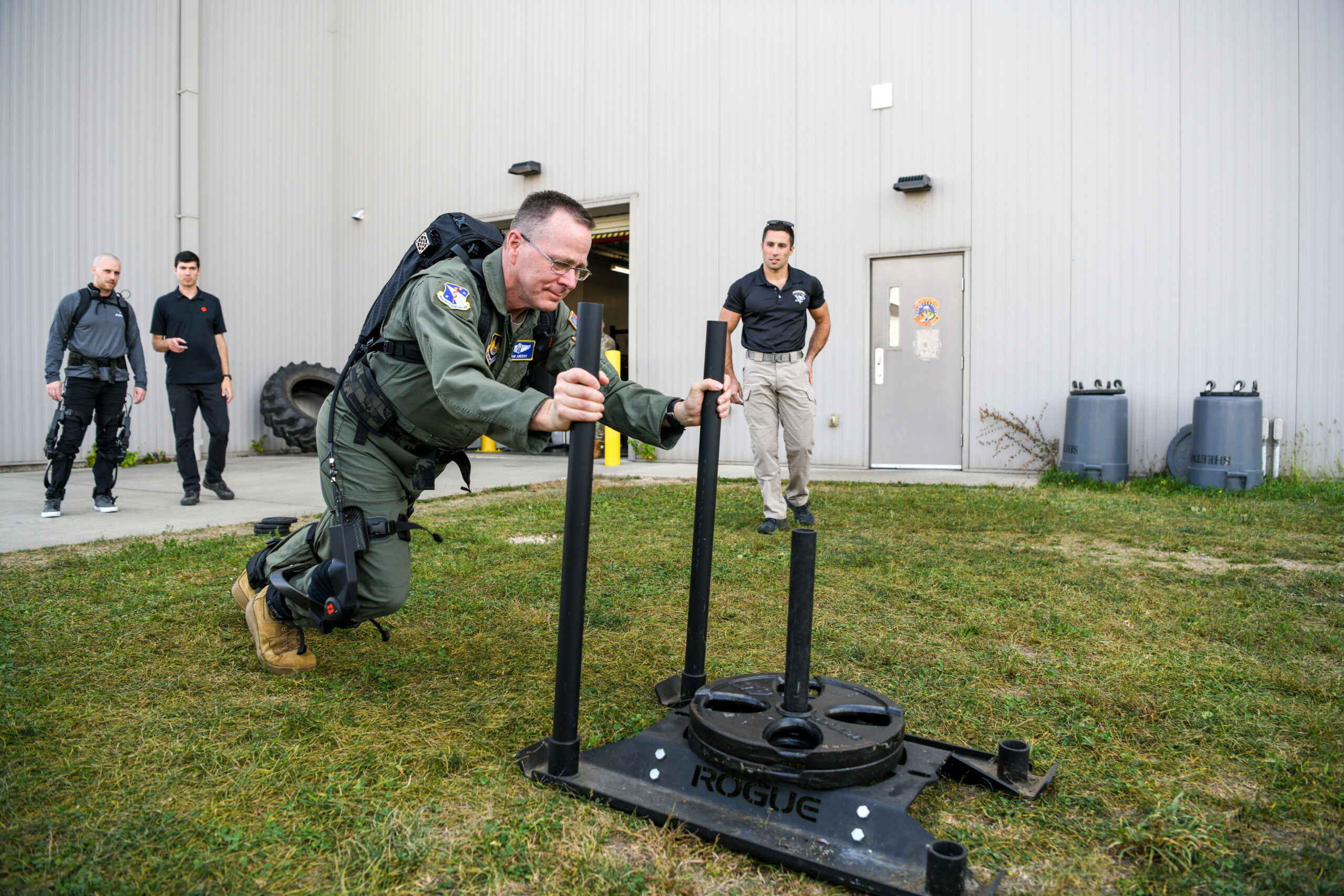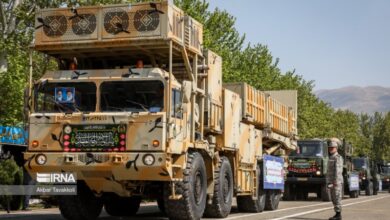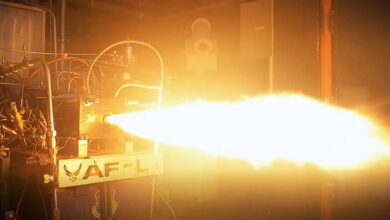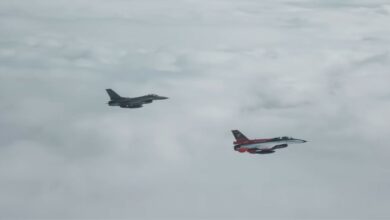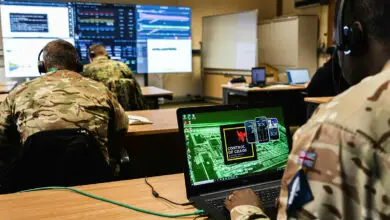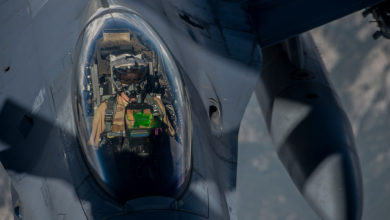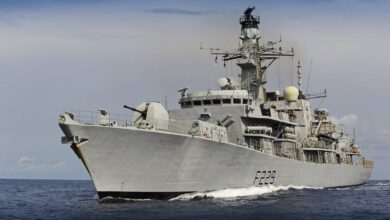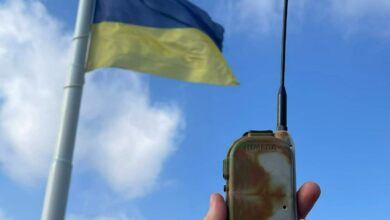US Air Force Aerial Porters Showcase Exoskeleton Technology
The US Air Force has demonstrated an exoskeleton that augments leg strength to reduce fatigue, increase endurance, and offset the weight of airmen.
Created by Roam Robotics, the Forge System pneumatically-powered exoskeleton has actuated leg braces and a backpack to assist aerial porter teams in loading and unloading oversized pallets of equipment, gear, and food from transport aircraft.
During the demonstration, 87th Aerial Port Squadron Manager Chief Master Sgt. Sean Storms and Assistant Manager Senior Master Sgt. Brian Anders wore the Forge System.
The porters waited on a C-17 Globemaster III while moving a pallet weighing 3,500 pounds (1,600 kilograms).
“I can definitely tell a difference; there’s a lot less pressure on my knees and I can feel the assist this system gives,” Storms said.
Other participants tried the exoskeleton in various weight-bearing movements, including climbing stairs with weights and pushing a heavy sled.
‘Game Changer’
The technology “could be a game changer for the aerial port community,” according to Center for Rapid Innovation Deputy Director John Florio.
“If this is optimized for the aerial porters’ particular missions, it is going to mean that teams will be able to load heavier objects on aircraft much faster using less people, which equates to saving the government and taxpayer money,” Florio said.
“But the biggest game changer for the Air and Space Forces is less injuries to personnel, which can lead to longer careers.”

The experience aerial porters encounter during missions in austere scenarios differs significantly from moving to a new home or office, Florio emphasized.
“For them, we’re talking about large pieces of cargo going into a large aircraft. So knees are under stress; ankles are under stress; backs are under stress; muscles all over the body are under stress,” he explained.
“I’ve talked to a lot of the people here in the maintenance squadron, and chronic injuries are rampant all over this particular career field and in other related fields too.”
Robotics Focused on the Aerial Porter Community
The Forge System has the potential to be adapted to other missions. However, the current focus is to benefit the aerial porter community as they are prone to work injuries, according to Roam Robotics CEO Tim Swift.
“I can see additional uses for this pneumatically-powered exoskeleton, primarily in aeromedical evacuation missions where our medical personnel are lifting large litters of sick and injured warfighters into the back of aircraft,” 711th Human Performance Wing Commander Brig. Gen. John Andrus added.
“We have to think about the safety of our medical personnel, but also the safety of those we are treating and evacuating out of harm’s way.”

